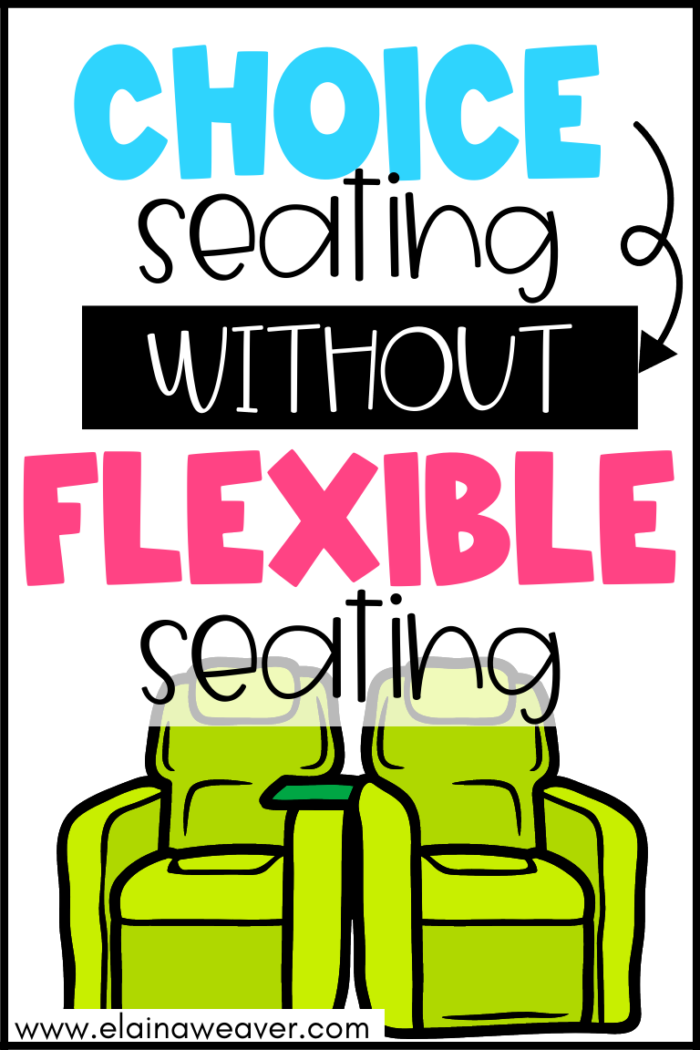Does the thought of giving up control and allowing your students to have a choice in the classroom cause you to panic on the inside?
I would be lying if I said this wasn’t me.
Or at least it used to be me.
Until I figured out that giving students choice in the classroom doesn’t mean I’ve lost control.
I can be in control and my students can have a choice simultaneously.
Picture this.
You want students to reflect in their math journals at the end of class. That is non-negotiable. But you see a little wiggle room in how they reflect. You can give them a choice between two prompts. Option #1: My favorite mistake today was… or Option #2: One question I still have about ____ is…
Both prompts help you better understand where students are in their learning and now they will more than likely give a better response because they had a choice in how they answered. Everyone wins.
You can download these two prompts along with twenty-three others to start using in your Math classroom today. All you have to do is click here.

Giving students choice in the classroom doesn’t have to be overwhelming. It shouldn’t be overwhelming; it should be simple. I want to show you just how easy it can be to implement choice in the classroom with these five ideas.
Choice Seating in the Classroom
Confession. Flexible seating is not for me.
Does that make you release a sigh of relief since flexible seating isn’t for you either?
I’ve tried it and I have seen it work beautifully for some teachers, but it doesn’t jive well for me and that’s okay. Not having flexible seating does not mean there is no way to offer choice seating in the classroom.

I offer my students choice seating in the classroom through request cards; request cards are a great way to help provide your students with choice but also help them take ownership of their learning.
Each time I’m ready to make a new seating chart (which is every quarter for me), I first ask my students to fill out a request card. These cards are blank index cards where my students can tell me where they would like to sit to do their best learning.
We talk about how some students need to sit up front to see the board while others need to sit at the back to stand up at their desks without distracting anyone else. Some students prefer to have their back to the window because they are easily distracted. Others want to sit by the door because they love the social interaction that comes with opening the door when someone visits our classroom.
One of the biggest things for students to learn with these request cards is that while the cards are not about requesting to sit with friends, they can be requests to not sit by certain classmates. It is a tough lesson to learn that you might not need to sit by your best friend because though that is fun, it isn’t what’s best for your learning.
I consider these student requests when I make the seating chart. I do my best to meet every request made, but I’m also honest and tell my students sometimes that isn’t possible.
My students get some choice, but it is not a free for all with seating.
Again, everyone wins.
Choice in Review Activities
How do you review for a test? Do you provide your students with a study guide? Does that study guide look the same for every student?
Do you play a review game in class the day before an assessment? Are all students playing the same review game?
I’m sure you can see where I am going with this.
It doesn’t take a lot of extra work to allow your students to have a choice in how they review.
I am a true believer in traditional study guides. Though as much as I try, I cannot get 100% of my students to see the value in completing a study guide. Last year I started taking that study guide and putting the same questions into a Quizizz.
Our Study Guide completion rate immediately went up.
For some students, it was the immediate feedback that Quizizz provides. For others, it was the gamification of the study guide. And some still chose the old paper and pencil study guide, asking me to check it when they finished.
The questions were already written. It didn’t take a lot of time on my part to give them two choices. And now that all my study guides have been made on paper and in Quizizz, I might be able to offer a third choice.

And as for review games… why not try stations where students can choose from a few activities. While most students probably enjoy the games, they aren’t for everyone.
Stations do take a bit of work on the front end, but once you have a system in place, you can use the same type of activities for each module and simply change the questions.
Leave me a comment if you would like a blog post with more ideas for Math Stations.
Using Choice Boards in the Classroom
Speaking of reviewing, one of my favorite ways to have my students review or even practice a new concept is choice boards. And I dare say it is also one of my students’ favorite ways to review.
You can check out this post to see why I love them so much.
Sometimes my Math stations are as simple as a different choice board for each station. Each one covers a different topic.
Early Finisher Activities
Early finisher activities are one of the EASIEST ways of providing choice in the classroom. For years I would tell myself that I was going to put together a list or a bin or something filled with activities for those early finishers.
Well, I finally did that last year and let me tell you it was golden.
Last year I put together a list of websites my students were allowed to “play” on when they had a bit of extra time. Some of those websites were Prodigy, Quizlet, Boom Learning, and Freckle. I provided links with password information to all these websites along with a few more on the Stream of our Classroom. (Learn more about how I organize Google Classroom here).
I also have this Sudoku board on my classroom wall as an early finisher activity.
This year I plan to set up a crate with some printable activities. These will include math word searches, logic puzzles, fact fluency pages, and maybe even some coloring sheets. Sometimes our brains just need a break.
Keep it Simple
I started this post by telling you student choice in the classroom should not be overwhelming. So for this fifth and final idea, I want to keep it simple. After all, choice in the classroom should be simple for both you and your students.
Have you been in a new city where you were trying to figure out where to have dinner? There are so many new and exciting options for you that it is overwhelming.
Or maybe you have eaten at The Cheesecake Factory. I mean have you seen their menu? It’s a novel filled with delicious and tempting options. I get a little stressed just thinking about how I will ever choose just one.
Our students are the same way when it comes to choice. If you are implementing choice for the first time, keep it simple.
Too many choices will overwhelm your students and leave them and you feeling defeated.
Start small.
Maybe the first choice you give them will be a choice in their writing utensil. If your students are accustomed to always having to use a pencil, the option of a pen or a colored pencil will be invigorating.
Another simple idea could be letting them choose between paper and a whiteboard for their scratch paper that day.
Don’t overcomplicate it. Start small and go from there.



One Response